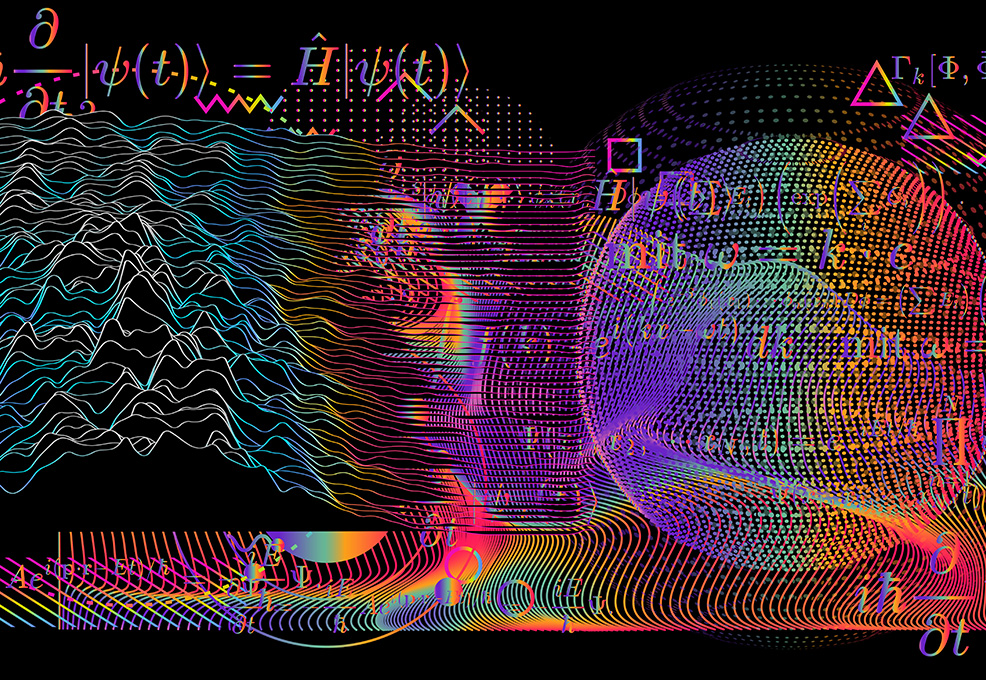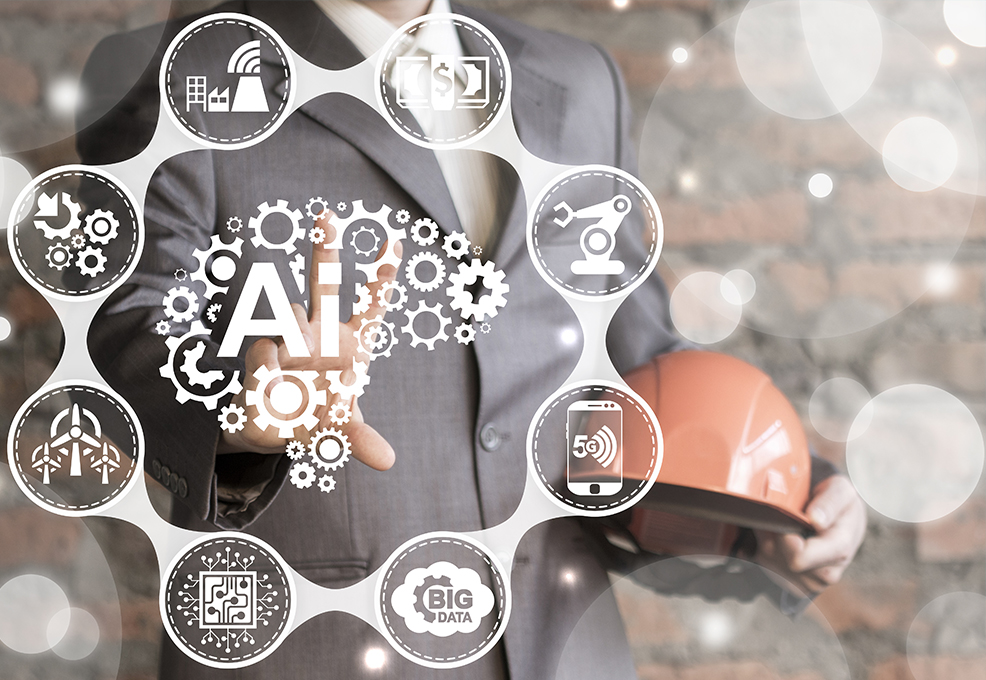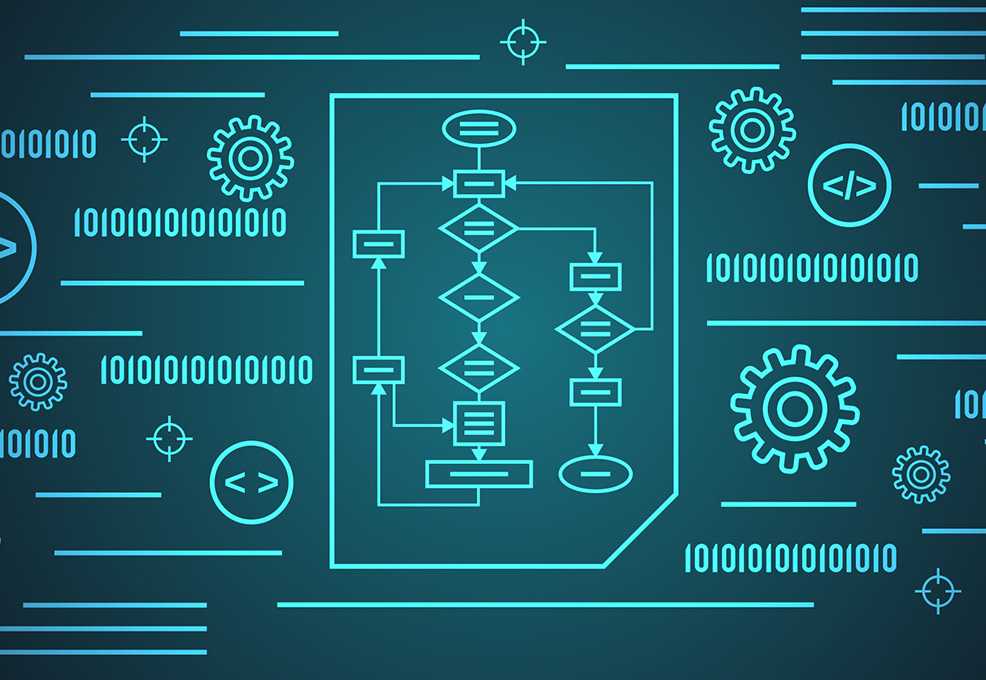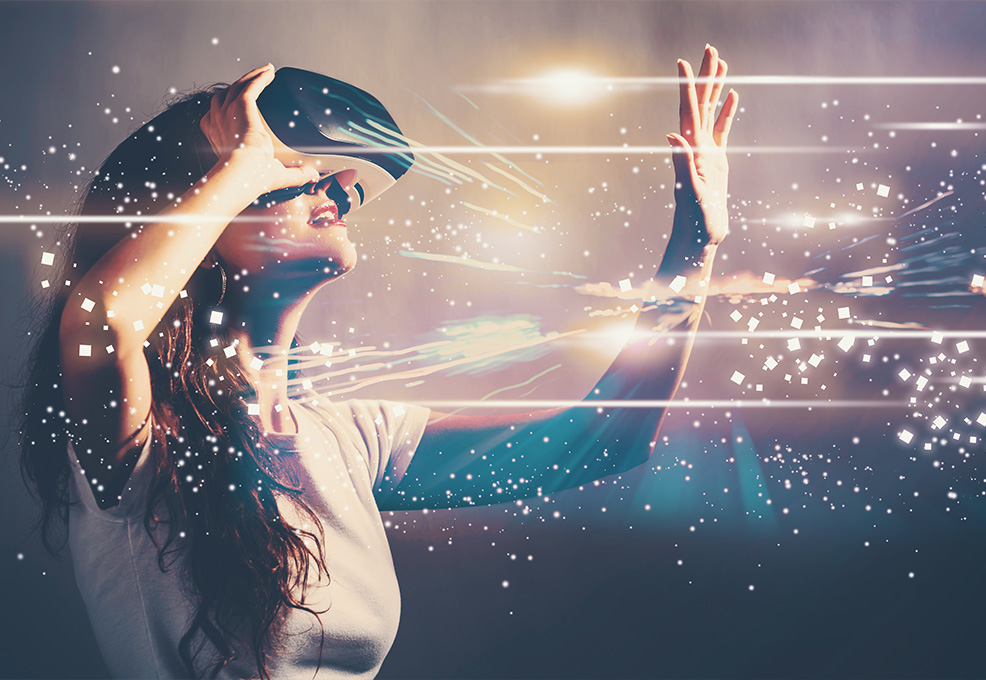Are You Ready for Industry 3.5?

Author(s)
San-Yih LinBiography
Dr. San-Yih Lin is a Professor of National Cheng Kung University. He did his PhD with Michael Luskin at the School of Mathematics, University of Minnesota and carried out his post-doctoral study at University of Minnesota. After one year, he joined National Cheng Kung University as a faculty member. Dr. Lin’s area of research includes computational fluid dynamics, quantum fluid dynamics, computational aeroacoustics, fluid-structure Interaction, and numerical optimization.
Academy/University/Organization
National Cheng Kung University-
TAGS
-
Share this article
You are free to share this article under the Attribution 4.0 International license
- ENGINEERING & TECHNOLOGIES
- Text & Image
- December 11,2021
Nature has certain laws, such as universal gravitation. Natural phenomena are often beautiful, such as the rising sun and are setting sunset. The trajectory of history is advancing along these two phenomena. Physics sets many laws and models according to the laws of nature, Mathematics solves the existence and uniqueness of natural laws and models, and computer calculates the natural appearance. At the same time, however, human beings have developed different styles of art based on the beauty of nature to fully express the beauty of human beings. The computer also simulates beautiful creations according to different rules. This article starts with computational fluid dynamics and explains its application in engineering, aircraft research, and in traditional culture, specifically the presentation of calligraphy, so as to express the combination of computational fluid dynamics in reality and art.
The wind is moving, the water is flowing, and the movement of fluids has always been one of the protagonists of nature. Humans use the power generated by fluid motion to build ships and airplanes. However fluids give lift to ships and airplanes, but also drag. How to increase lift and reduce drag has always been the main topic of fluid mechanics discussion. With the advancement of computer hardware, computational fluid dynamics has also become one of the main disciplines of ship and aircraft research and development. At the same time, quantum fluid dynamics has also become the main tool for exploring the composition, dynamics, and quantum energy of nano jets.
In modern times, war technology is advanced, and air combat can be said to be a key factor in the victory or defeat of war. Therefore, countries around the world are actively researching new weapons. Among them, fighter planes are currently the main vanguard of war. In order to fight and threaten enemy fighter planes in the air, it is necessary to improve maneuverability and aerodynamic performance, however, especially in the high angle of attack flight state, this is a difficult challenge. Professor Lin and his team investigated the influence of the aerodynamic characteristics of modern multi-purpose fighters and the use of aerodynamic control at high angles of attack. The first is to use computational fluid dynamics to carry out numerical simulation of the aerodynamic flow field of the fighter aircraft. The simulation results analyze the lift, drag, and pitch moments, thereby improving the maneuverability and aerodynamic performance of the fighter. At present, Professor Lin’s team is focusing on the research and development of combining computational fluid force and artificial intelligence in aircraft design. Fighters perform periodic motions at high angles of attack, and use computational fluid dynamics to simulate the flow fields [Fig. 1] and to analyze lift, drag, and pitch moments. The team is using artificial intelligence to design two optimization programs: neural network and Nelder-Mead optimization, to parameterize aerodynamic coefficients and to analyze its stability.

Fig. 1. Flow fields of flight.
The quantum nano jet is a very important component in modern industry. It includes nano circuits, nano propulsion systems, etching technology, mass spectrometers, quantum sensors, etc. Professor Lin's team used quantum fluid dynamics to study the composition, dynamics, and quantum energy changes of the dual-jet at the nanometer scale. The study found that from a low quantum Reynolds number to a quantum Reynolds number less than 100, the characteristics of the structure wave of the quantum jet flow field are very strong [Fig. 2]. When the quantum Reynolds number increases, the branch will move away from the jet outlet. Finally, when the quantum Reynolds number is very large, the flow field becomes two incoherent jet structures, which is quite close to classical fluid mechanics. The purpose of this research is to provide a basic theory to understand the physical phenomena of quantum nano jets in different operating environments, and to be used as a tool for the design and optimization of different application fields in the future.

Fig. 2. Density distribution with quantum Reynolds number = 9.
It is in an era of rapid technological development. The environment and cultural trends in life are colorful. In contrast, some traditional cultures, such as calligraphy, have gradually been marginalized or even forgotten. Therefore, how to use the fast-advancing technology, improve its convenience, increase its the ease of use, and at the same time have fun, is a very practical topic. Professor Lin's team used computational fluid dynamics to simulate the flow, penetration and dyeing effects of ink on different papers, and used the data results with a new and simple operation interface to present ink in calligraphy and traditional Chinese painting. Figure 3 shows the eight strokes of "永".

Fig. 3. The eight strokes of "永".
It is hopes to bring traditional calligraphy into the current era of technology through this research.
Professor Lin and his team explored two areas based on computational fluid dynamics: In engineering, they combined with artificial intelligence to study aircraft design, white in traditional culture, they combined ink flow models on different papers and a digital brush hardware design to present the power and beauty of calligraphy and Chinese painting, so as to express the world of computational fluid dynamics in reality and art.
STAY CONNECTED. SUBSCRIBE TO OUR NEWSLETTER.
Add your information below to receive daily updates.




